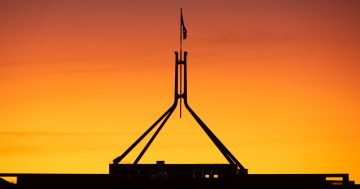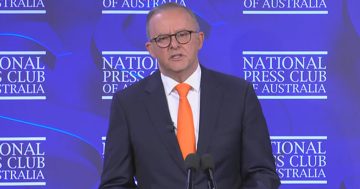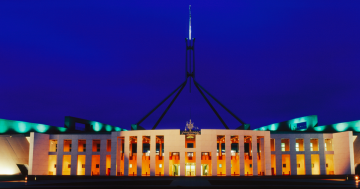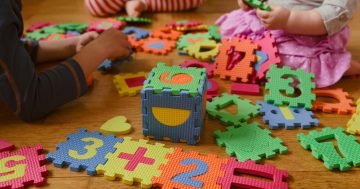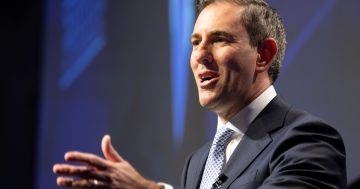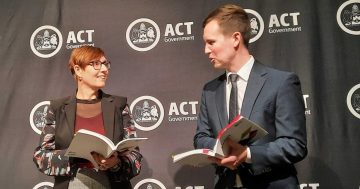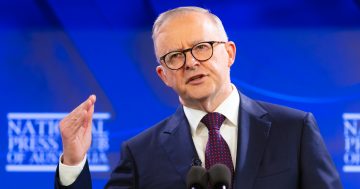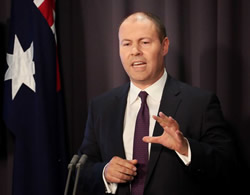 The 2021-22 Federal Budget is to provide tax relief to more than 10 million people and make childcare more affordable, according to the Treasurer who delivered the news yesterday, Josh Frydenberg (pictured).
The 2021-22 Federal Budget is to provide tax relief to more than 10 million people and make childcare more affordable, according to the Treasurer who delivered the news yesterday, Josh Frydenberg (pictured).
Mr Frydenberg said the Budget focused on securing Australia’s recovery from the COVID-19 pandemic by creating more jobs, rebuilding the economy and setting the country up for the future.
He said the additional tax cuts would see low- and middle-income earners benefit by up to $1,080 for individuals or $2,160 for couples.
“This is more money to spend in local businesses, giving them the confidence to take on an extra worker, offer an extra shift or buy a new piece of equipment,” Mr Frydenberg said.
“To support further job creation the Government will extend temporary full expensing and the loss carry back measure announced in last year’s budget for another year,” he said.
“This will allow more than 99 per cent of businesses employing 11.5 million Australians to deduct the full cost of eligible depreciable assets of any value in the year they are installed until 30 June 2023.”
Mr Frydenberg said an additional $1.7 billion had been allocated to child care to cut the cost of living for around a quarter of a million families and help boost workforce participation.
He said the funding would add up to 300,000 hours of work per week; allow the equivalent of around 40,000 individuals to work an extra day per week; and boost the level of GDP by up to $1.5 billion per year.
He said these changes also targeted low- and middle-income earners, with around half the families set to benefit from the child care funding earning a household income under $130,000.
“Importantly it lowers the disincentive to take on an additional day or two of work for many families,” the Treasurer said.
Mr Frydenberg said child care subsidies, available to families with more than one child aged five and under in child care, would be increased and the $10,560 cap on the Child Care Subsidy would be removed.
“For those families with more than one child aged five and under in child care, the level of subsidy received will increase by 30 percentage points to a maximum subsidy of 95 per cent for their second and subsequent children,” the Treasurer said.


